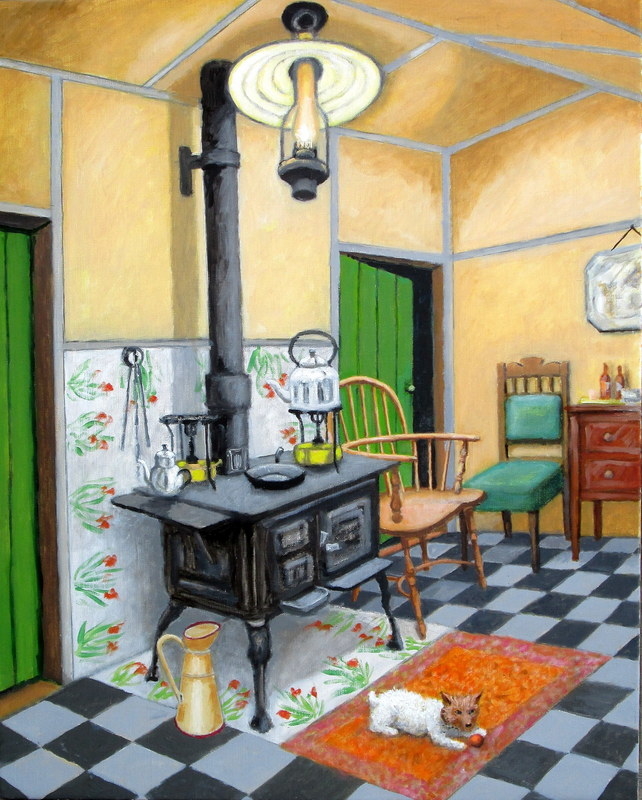
Tags
Loading...
Select from existing tags
Bungalow interior Humberston 1956 2016
Walker 'Bungalow Interior Humberston 1956,' (2016), oil on linen, 30 x 24 inches.
[br]------------------------------------------------------------------------------
Humberston Fitties are a cluster of around 300 chalets and bungalows mostly built from wood on former salt marshes (“fitties”) on the Lincolnshire coast and Humber estuary near to Cleethorpes. They date from ...
- Credit:
- All rights reserved. Exhibited on USEUM with the permission of the rights owner.
More from this artist...
Loading...
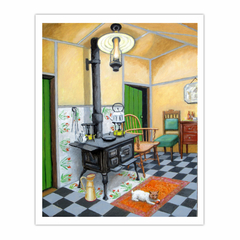

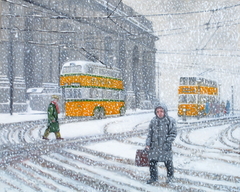
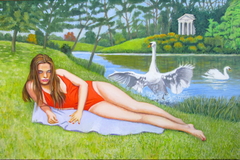

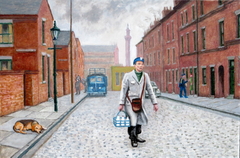
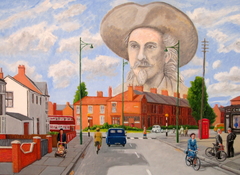

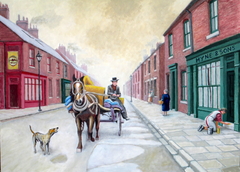
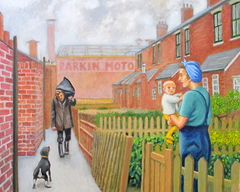
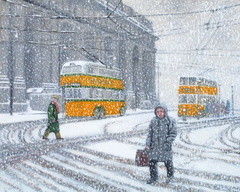
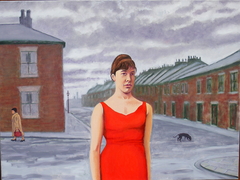

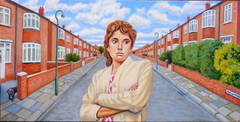
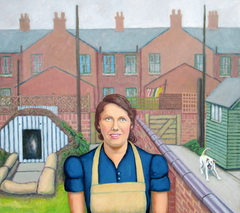
Discussion